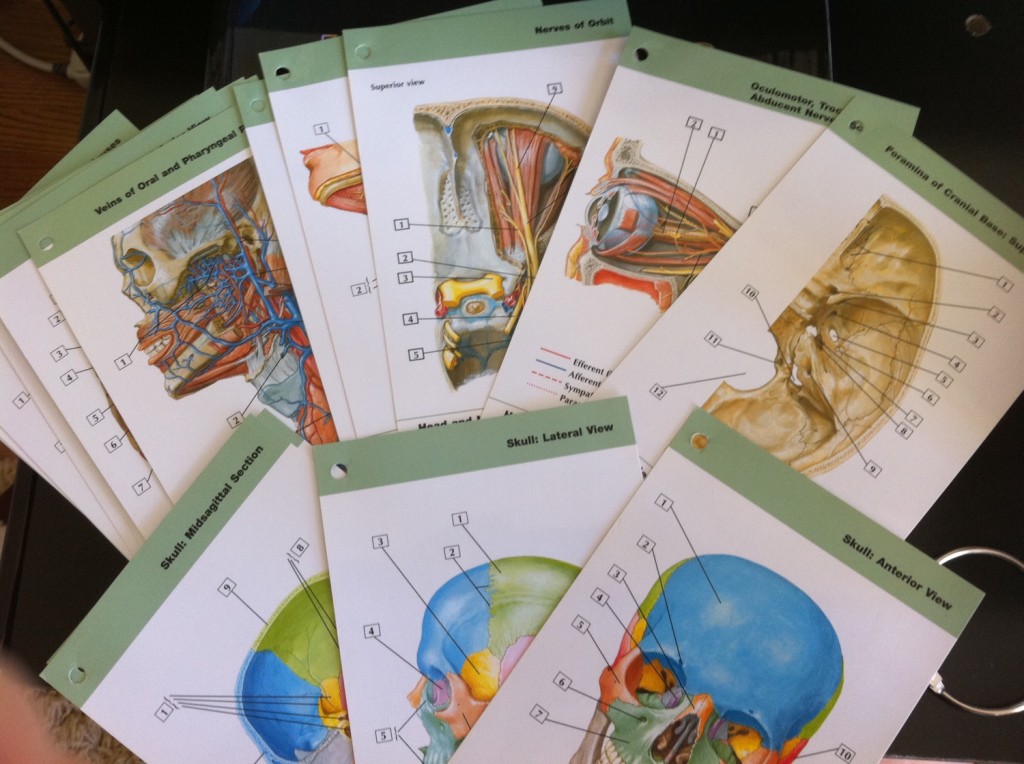April is upon us again. You know what that means…no not Game of Thrones returning. April means it is tax season. You must navigate the mind games, gore, and oath-breaking when filing taxes for King Joffrey…I mean…Uncle Sam.
As students, you don’t have to file taxes yet, unless you have income while in school. The first time you file taxes after graduation can feel overwhelming, but once you have the basic principles down, it becomes much easier to sort through the madness. The most important number for taxes is the adjusted gross income (AGI). That is the final gross income that is taxed after all deductions have been made. Deductions have a wide range from retirement savings to student loan interest and each deduction lowers your AGI. Put simply, the lower the AGI, the less taxes you will pay.
We all hope for a big tax return but the main determining factor for this is: are you W-2 (employee) or 1099 (independent contractor)? A W-2 employee will have all taxes and deductions taken out of each paycheck while a 1099 contractor will have received the full paycheck without deductions. As a W-2, your employer pays half of your social security and Medicare, so you each pay social security (7.65%) and Medicare (1.45%). As a 1099, you are solely responsible for both and that is called the self-employment tax (15.3% on the first $118,500 and then 2.9% thereafter). In the 1099 scenario, all taxes are owed when you file in the spring; the following year you must pay quarterly estimated state and federal taxes or pay a penalty if you wait until the spring. This difference is not only important come tax time, but very important when evaluating new job opportunities.
The next tax difference that is created when you are 1099 vs. W-2 is you no longer have an employer-sponsored retirement plan and the employer match (typically 3-6%). This becomes important for tax purposes because any money set aside for retirement further lowers your AGI plus the interest compounds yearly for your retirement savings. However, there are alternatives that you can set up with a financial advisor in the form of a SEP-IRA or simple IRA.
Anybody else need a breather after that? Whew. More Game of Thrones anyone? This is about the time I throw in a Tyrion quote or ask is John Snow really dead?
Ok back to the fun…emoji wink. You can lower your AGI with a standard deduction or you can choose to itemize your deductions if you can exceed $6,300 as a single or $12,600 for married. Student loan interest and mortgage interest will eclipse that mark pretty quickly, but there are a number of other deductions you can do. A few optometric related deductions that you can consider if you choose to itemize are tuition and fees, job search expenses, moving expenses, travel expenses for continuing education, state association and AOA dues, and malpractice insurance fees. All deductions just need a receipt for proof in case of an audit.
If you feel overwhelmed, you can always contact a CPA tax accountant to file your taxes for you. As the Starks say, “winter is coming.” And so is the tax filing deadline. 
–Mark Phebus, OD
Founder & CEO of 20/20 Consulting
Contract review and negotiating consultant
(770) 548-6667


